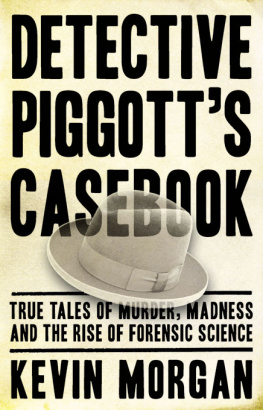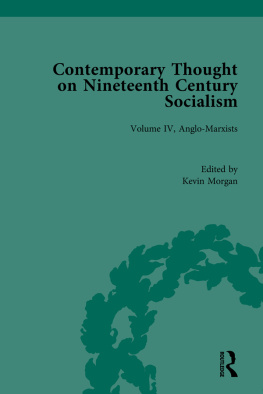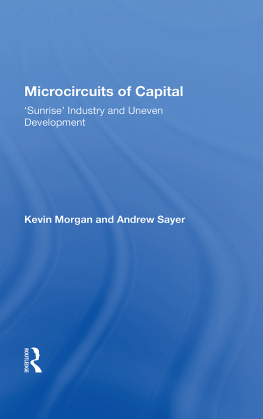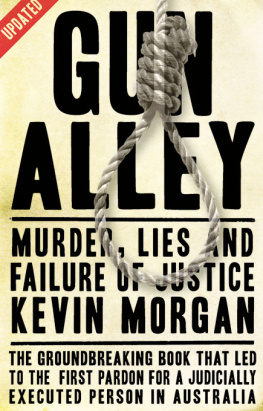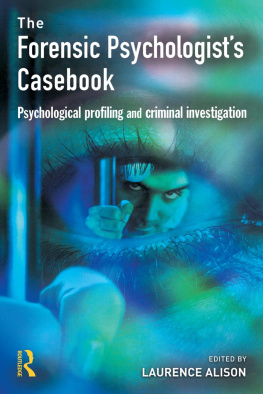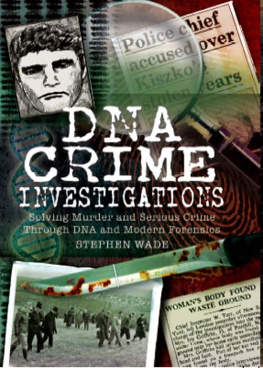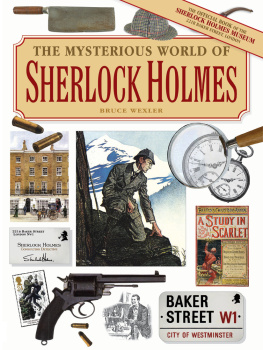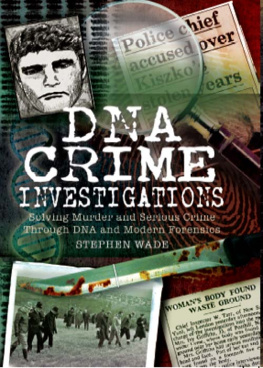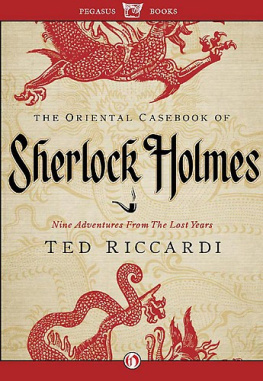

ABOUT THE AUTHOR

Kevin Morgan has worked variously as a photographer, author, teacher, librarian, historian and researcher. His previous works include Gun Alley: Murder, Lies and Failure ofJustice (the book that led to the firstand to date onlypardon for a judicially executed person in Australia) and TheParticulars of Executions 18941967: The Hidden Truth AboutCapital Punishment. His photo-essay Holocaustic, exploring the fate of a Jewish child in the Third Reich, was exhibited to much acclaim at the Jewish Museum of Australia. Kevin lives in Melbourne with his wife, Linda.

Published in 2012 by Hardie Grant Books
Hardie Grant Books (Australia)
Ground Floor, Building 1
658 Church Street
Richmond, Victoria 3121
www.hardiegrant.com.au
Hardie Grant Books (UK)
Dudley House, North Suite
3435 Southampton Street
London WC2E 7HF
www.hardiegrant.co.uk
Published in association with the
State Library of Victoria
328 Swanston Street
Melbourne Victoria 3000 Australia
slv.vic.gov.au

All rights reserved. No part of this publication may be reproduced, stored in a retrieval system or transmitted in any form by any means, electronic, mechanical, photocopying, recording or otherwise, without the prior written permission of the publishers and copyright holders.
The moral rights of the author have been asserted.
Copyright Kevin J Morgan 2012
The images of Jack Anderson, Clarence Freeman, motorcyclist Fred Piggott Jr, FJ Piggott aged 87, and Alma Tirtschke: courtesy private collection. Clarence Freemans drawings: courtesy Public Record Office Victoria. All other illustrations are from the Frederick Piggott scrapbooks, Australian Manuscripts Collection, State Library of Victoria. Reproduced with permission.
National Library of Australia Cataloguing-in-Publication data
Morgan, Kevin John, 1956
Detective Piggotts casebook : true tales of murder, madness
and the rise of forensic science / Kevin J Morgan.
eISBN 9781742738161
Includes bibliographical references and index.
Piggott, Frederick.
Forensic sciencesVictoria.
MurderInvestigationVictoria.
Criminal investigationVictoria.
364.152309945
Cover design by Peter Long
Text design by Patrick Cannon
For Linda

CONTENTS



I N THE HEART OF MELBOURNE, BELOW THE CITY STREETS, is a vast climate-controlled vault containing maps, pictures, papers, realia. Each item is rolled, framed, bound or boxed according to the best way to preserve it. Only authorised personnel may enter the vault: staff trained to handle the fragile materials and retrieve them for those who make an appointment in the State Librarys secure reading room. There, behind hermetically sealed electronic doors and under the constant supervision of a librarian, one may inspect items as diverse as the love letters of an executioner or the cast of a serial killers hand.
One box summoned from the archive looks very much like any other. It is made of blue-grey, acid-free cardboard and is big enough to store a thick telephone directory. The lid is a flap which pulls up to reveal four tattered, clothbound volumes: one purple, two green and one brown. Remove them from the box and lay them carefully on the table, and it is easy for a loose page to protrude, or a cover to lift, allowing the contents to be glimpsednewspaper cuttings, photographs, jottings in fountain penblood detective piggotts casebook stained carpet, childs body in bag, headless corpse in river, Chinese execution. Many of the words are as grim as the photographs depicting them. But more has been summoned than just the smell of old glue and newsprint: here are spaces of shadow, the streets of a well-known city at once recognisable and yet strangely unfamiliar, a world refracted through the prism of its criminal past.
The scrapbookseach 29 by 23 centimetres and about 3 centimetres thickwere compiled by forensic pioneer and Melbourne Criminal Investigation Branch Detective (later Superintendent) Frederick Piggott. They cover his thirty-six year career investigating some of Victorias most horrific and mysterious crimes.
Piggott joined the Mounted Police in 1898 and after fourteen years of postings to Victorian country stations, applied for a transfer to Melbournes Criminal Investigation Branch. He was successful and, in June 1912 at age thirty-eight, he joined the CIB. Although Piggott was now based at Russell Street, his long experience in bushland districts was not overlooked and he was often assigned to investigations in country regions.
It was a time when police applicants could be accepted with little more than a grade four education, their duties seen as more reliant on physical strength than educational achievement. In this era of under-educated and under-resourced policing, Piggott exercised a shrewd intelligence and a forensic attention to detail far ahead of his time. He championed an increased role for science in crime detection, providing Australias earliest known summoned example of blood-spatter analysis and pushing for such diverse applications of forensic science as odontology, entomology, anthropology, botany, physics, engineering, handwriting analysis, and hair and fibre comparisons.
This book presents for the first time the inside facts on nine of the most challenging Victoria Police investigations of the early twentieth century, drawing upon Piggotts long-hidden personal papers and supplemented by the official files of the period: police statements, coronial depositions and the testimony of eyewitnesses. All of the dialogue presented here, together with the localities and times, is actual and sourced in each case from the most authoritative records available. These uncensored accounts expose the graphic and often perplexing nature of the periods criminal investigation work, and point to the dawn of a new era in Australian crime detection.
Young detectives learnt on the job, mentored by their higher-ranking colleagues. In the brown scrapbookthe earliest of the fouramong the first cases noted is one involving the decapitation of a schoolboy.
E ARLY on the morning of Tuesday 30 September 1913, three policemenSergeant William Corby and constables Withers and Burgoyneled by farmer John Anderson, strode purposefully into a paddock at Wharparilla, some 22 kilometres west of Echuca, the big Murray River city directly north of Melbourne. The Riverine Herald wasnt far behind them, its writer observing the men gathering near a little mound of white lying on the grass below a sky of cloudless blue. Before fetching the police, Anderson had covered the body of his nephew, Jack, with a sheet. Now Corby lifted it. I saw, he later reported, the dead body of a youth dressed in knickerbockers. The head was cut off and not to be seen.
Next page
